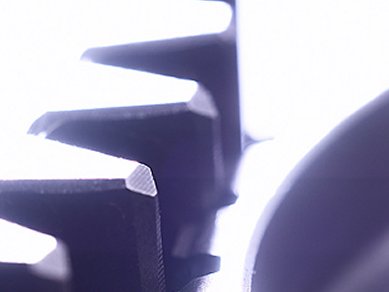Obtaining the absolute configuration of a natural product or new organic molecule is a critical stage in characterization and development of synthetic strategies. Unfortunately, the standard approach, the Mosher method, while powerful, requires formation of a secondary alcohol that is relatively unhindered sterically. Moreover, the ester must be stable and amenable to isolation.
Now, a more general method that uses a chiral catalyst, Birman’s S-HBTM and R-HBTM, to acylate the secondary alcohol derivative of each enantiomer offers a more straightforward approach. NMR spectroscopy and kinetics of the two reactions are compared with library structures.
- Determination of Absolute Configuration Using Kinetic Resolution Catalysts,
Alexander J. Wagner, Jonathan G. David, Scott D. Rychnovsky.
Org. Lett. 2011.
DOI: 10.1021/ol201902y




